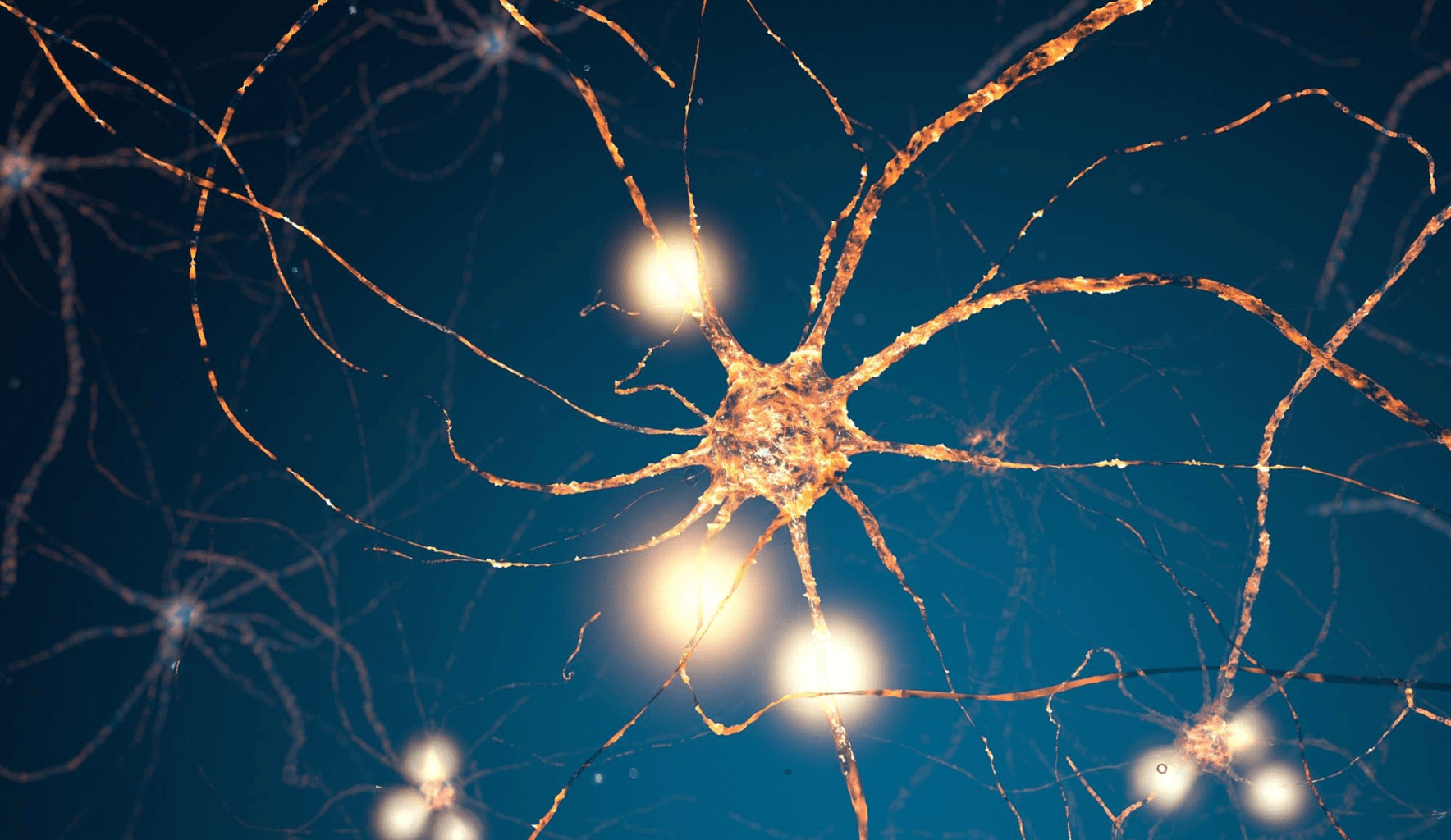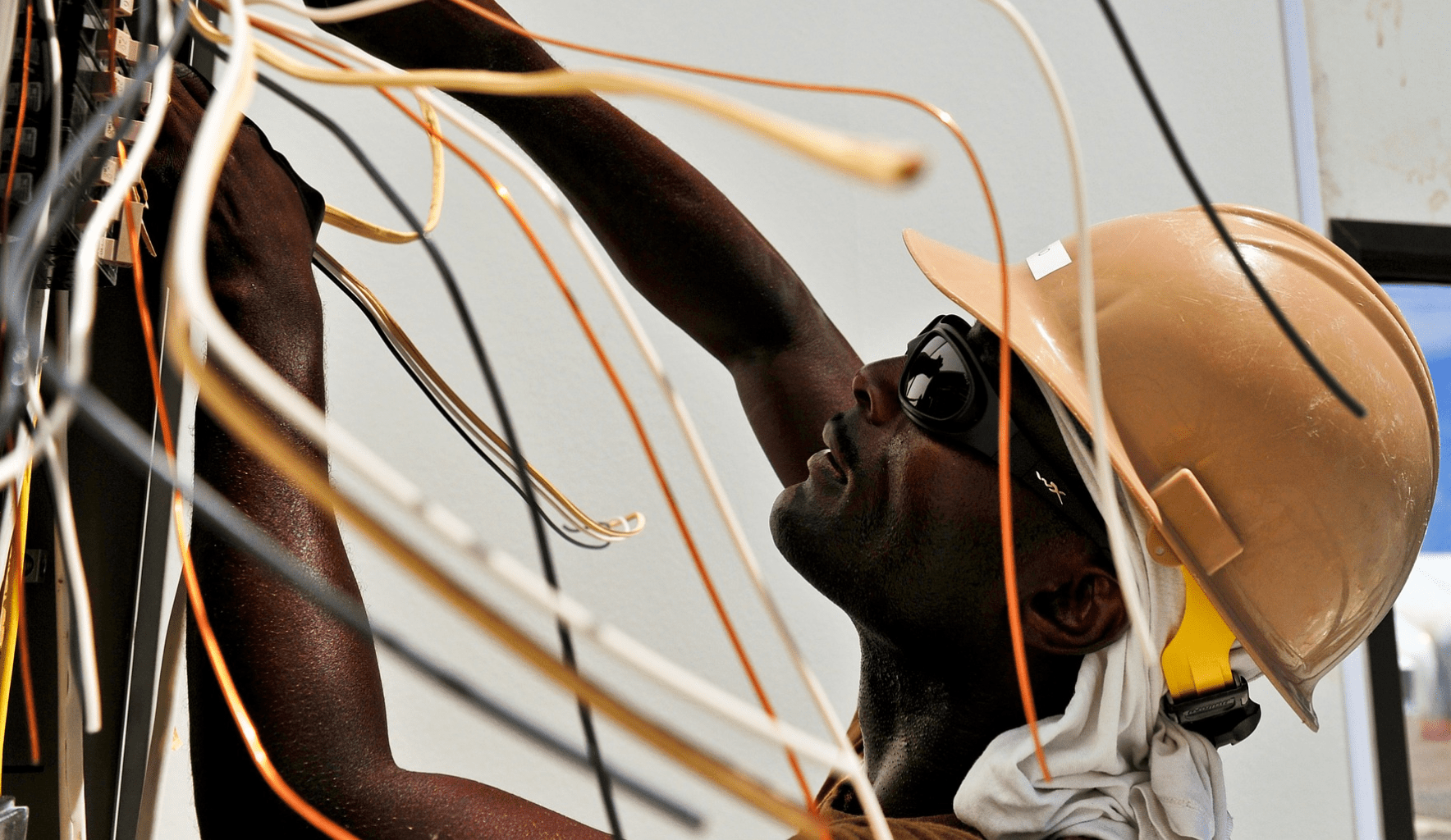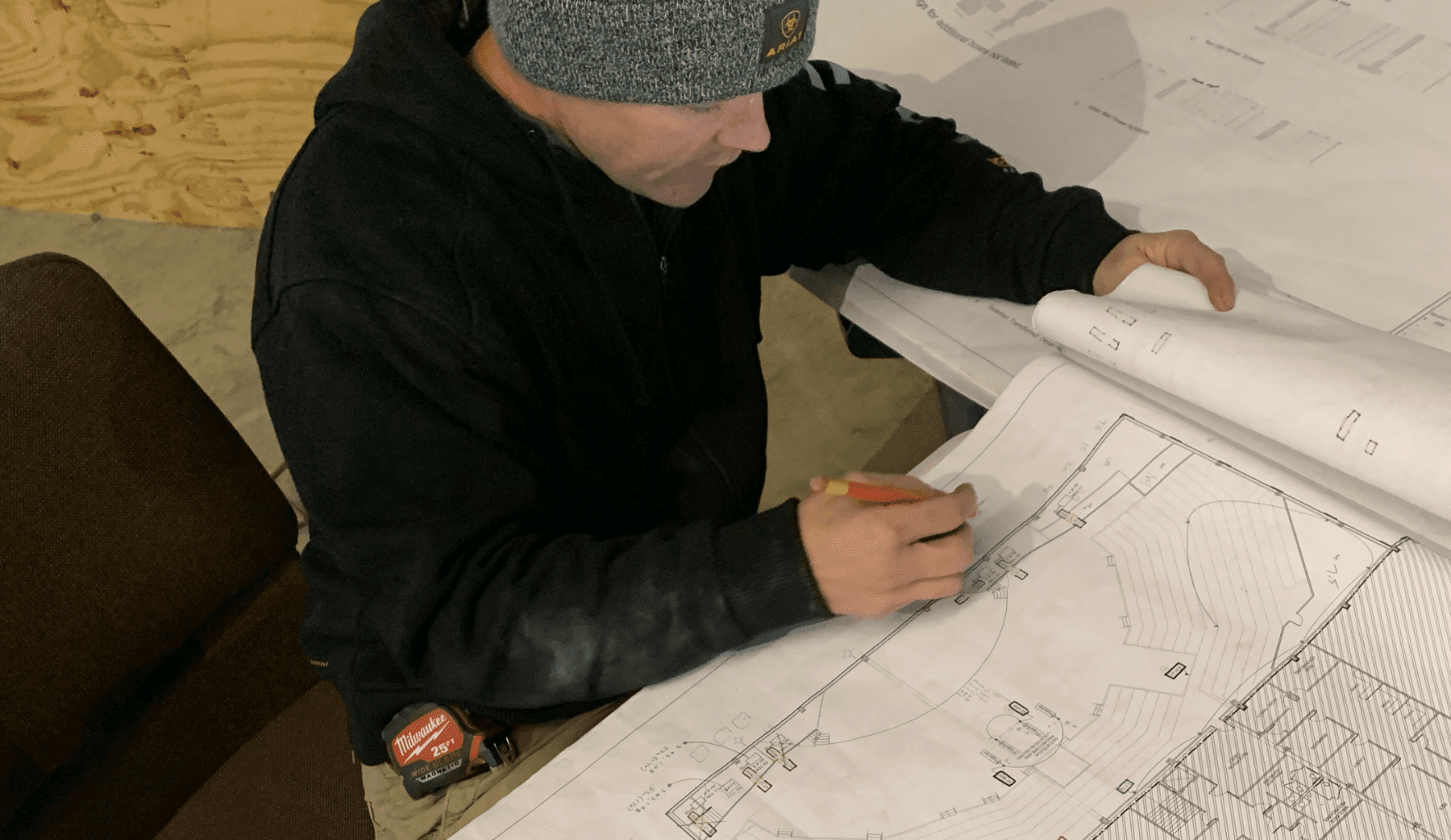Introduction
Having explored atoms, charges, fields, and potential difference, we’ve built a solid foundation for understanding the next big idea in electrical theory: electric current. It’s at the heart of our electrified world, powering everything from tiny LED lights to massive industrial machinery. Let’s dive into this exciting concept.
What is Electric Current?
It is the rate at which electric charges flow past a point in a circuit. It’s like the flow of water in a river, but instead of water molecules, we have electric charges (usually electrons) moving. The standard unit of current is the ampere (A), named after the French mathematician and physicist André-Marie Ampère.
The Two Types of Current
Electric current comes in two forms: Direct Current (DC) and Alternating Current (AC). In Direct Current, the flow of electric charges is in one constant direction. Batteries provide DC, with one end always serving as the positive terminal and the other as the negative.
In Alternating Current, however, the direction of charge flow alternates, typically many times per second. This is the type of current supplied to our homes and businesses by the electric grid. AC is used for power transmission over long distances because it can be easily transformed to high voltages, reducing energy loss during transmission.
Electric Current and Electricians
Understanding this concept is vital for electricians. The amount of current flowing in a circuit determines the size of the wires needed, the rating of the circuit breaker, and the type of devices that can be safely connected.
Working with electricity always involves some level of risk, especially when high currents are involved. High currents can cause serious injury or even death by electrocution. That’s why electricians need to thoroughly understand it and how to safely control and manipulate them.
Electric Current in Daily Life
It permeates every part of modern life. Every electronic gadget we use, every light that illuminates our homes and cities, every motor that powers our appliances relies on the flow of electric current. When we charge our smartphones or switch on our televisions, we’re using electric current.
Even the human body has a form of electric current running through it! Our nervous system operates by transmitting electrical signals between the brain and the rest of the body.

Wrap Up
Electric current is the lifeblood of the modern world. It’s what powers our technology, illuminates our world, and makes our electrified lifestyle possible. As we’ve seen, understanding electric current isn’t just for electricians—it’s for anyone who lives in the modern world and wants to understand the invisible forces that power it.
Our journey through electrical theory isn’t over yet! We still have to explore the details of AC and DC currents, how they’re generated, and why we use AC for power transmission. And finally, we’ll discover how electricity and magnetism come together in the magnificent dance of electromagnetism. So, stay tuned for our next article, where we’ll delve into the world of alternating and direct current. Until then, keep the current flowing and the learning ongoing!





